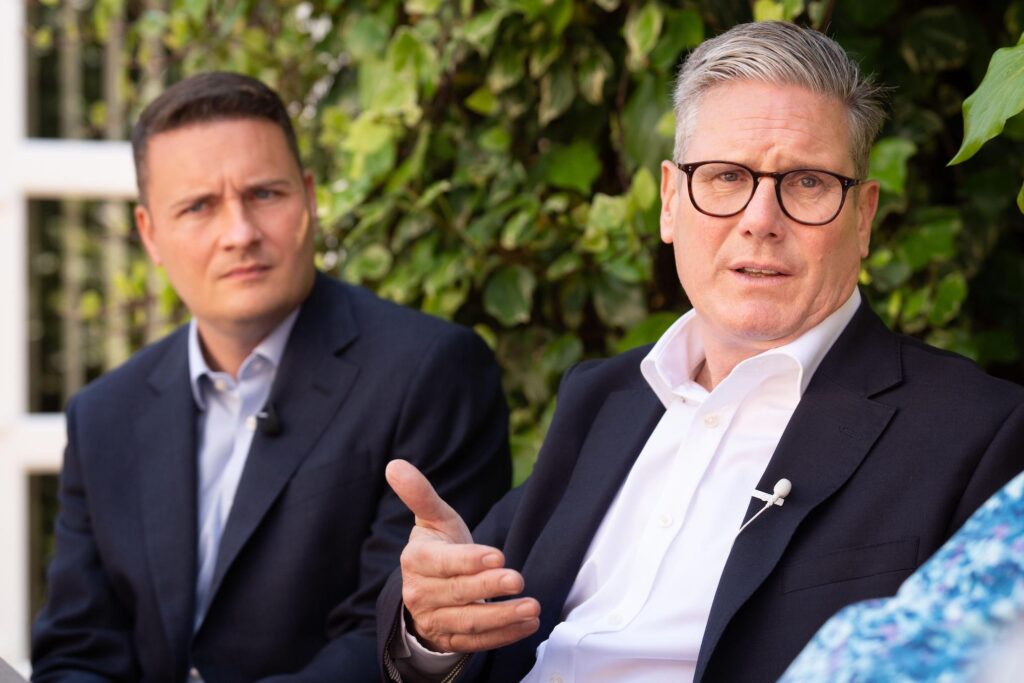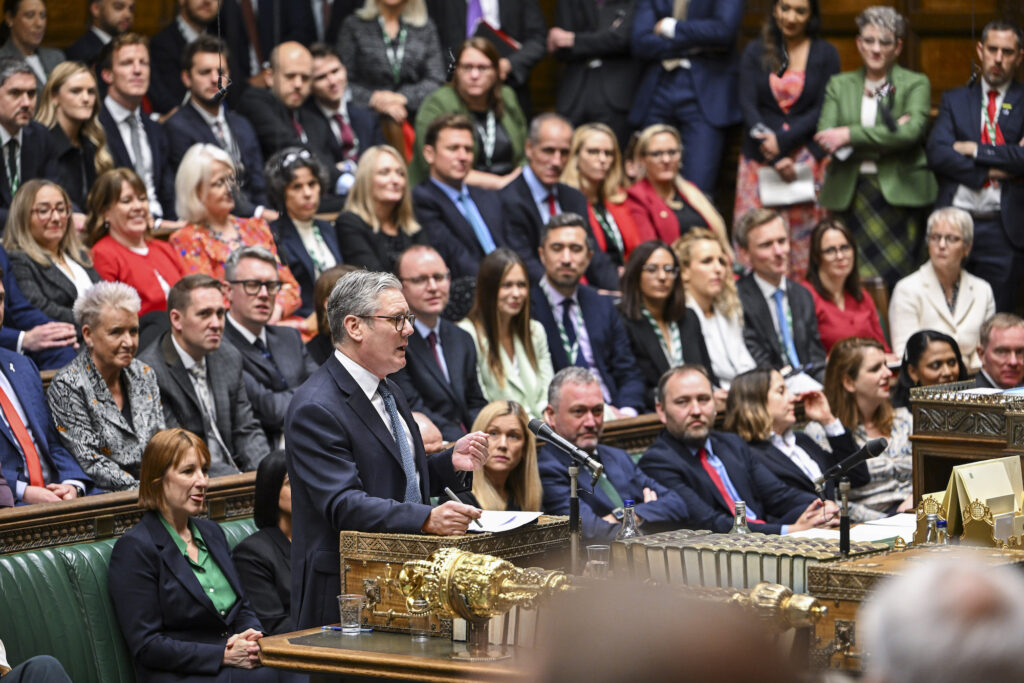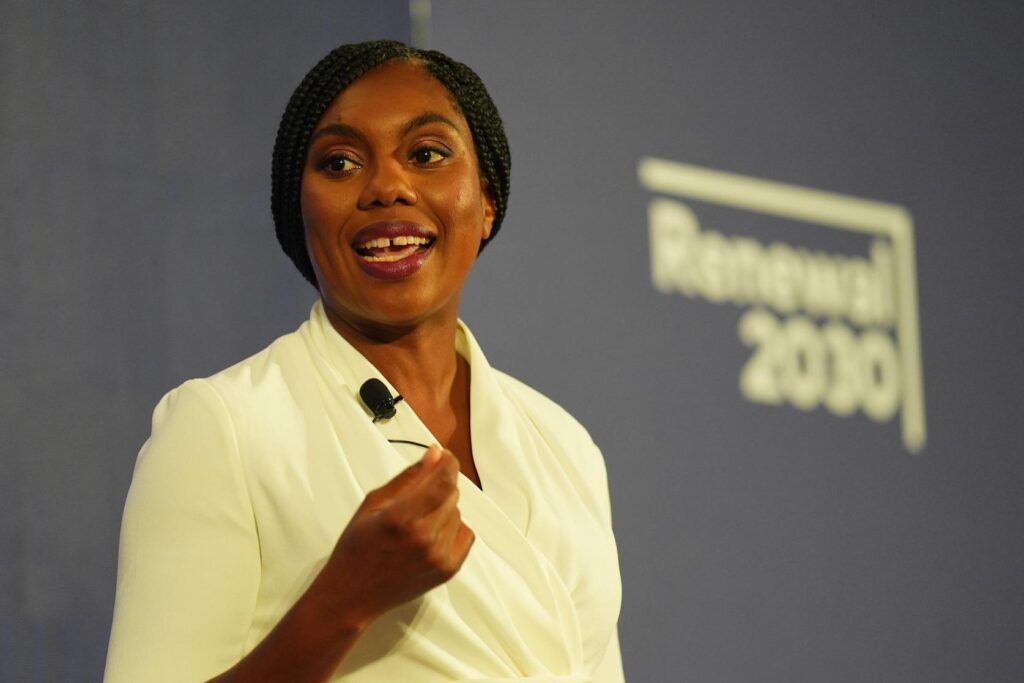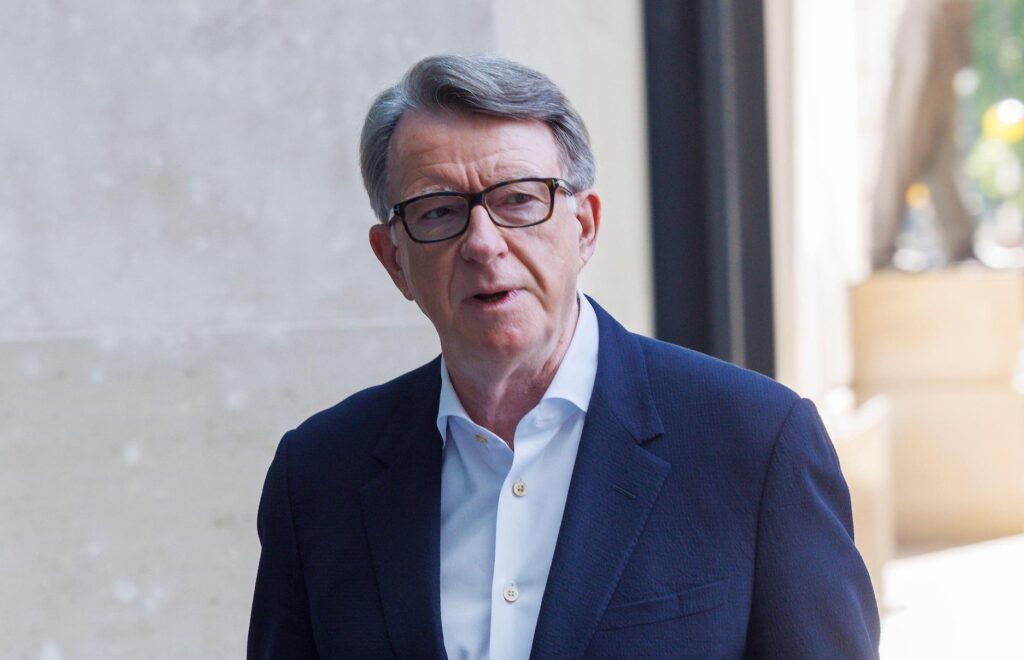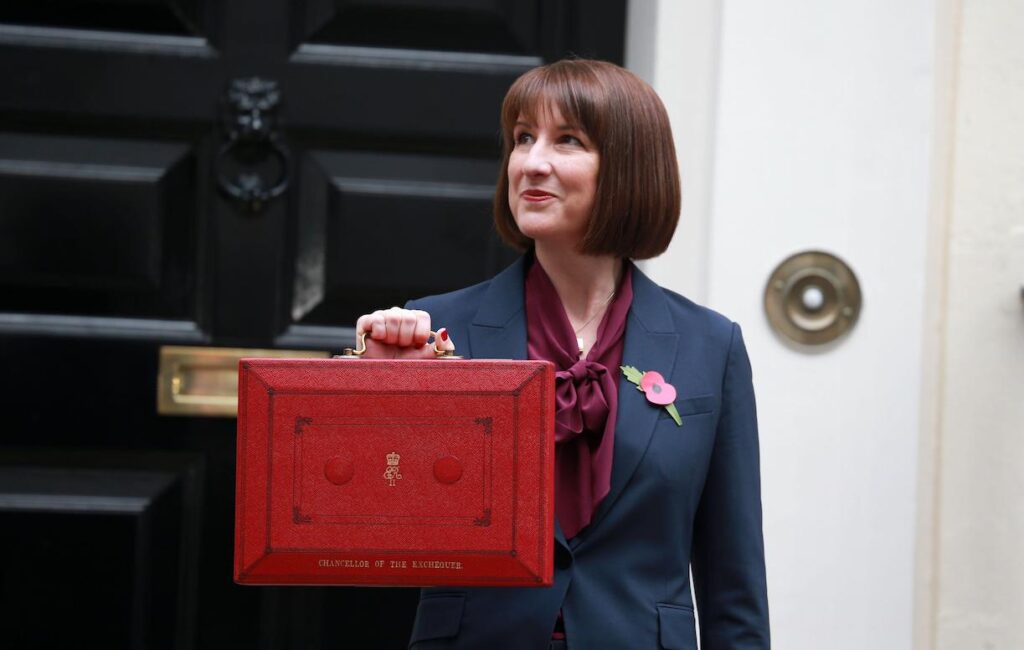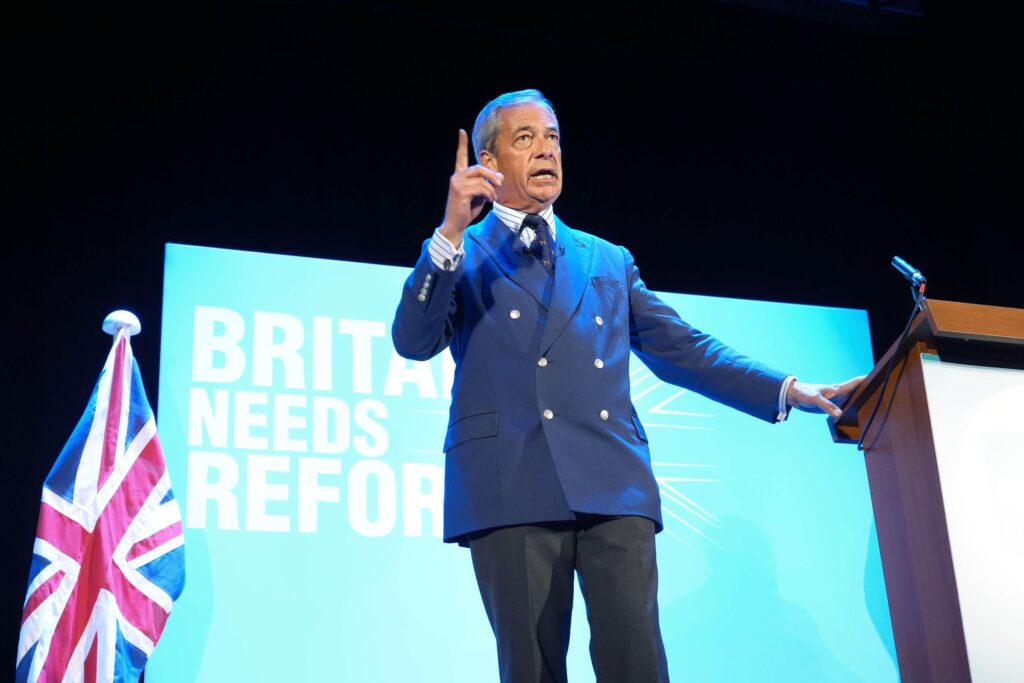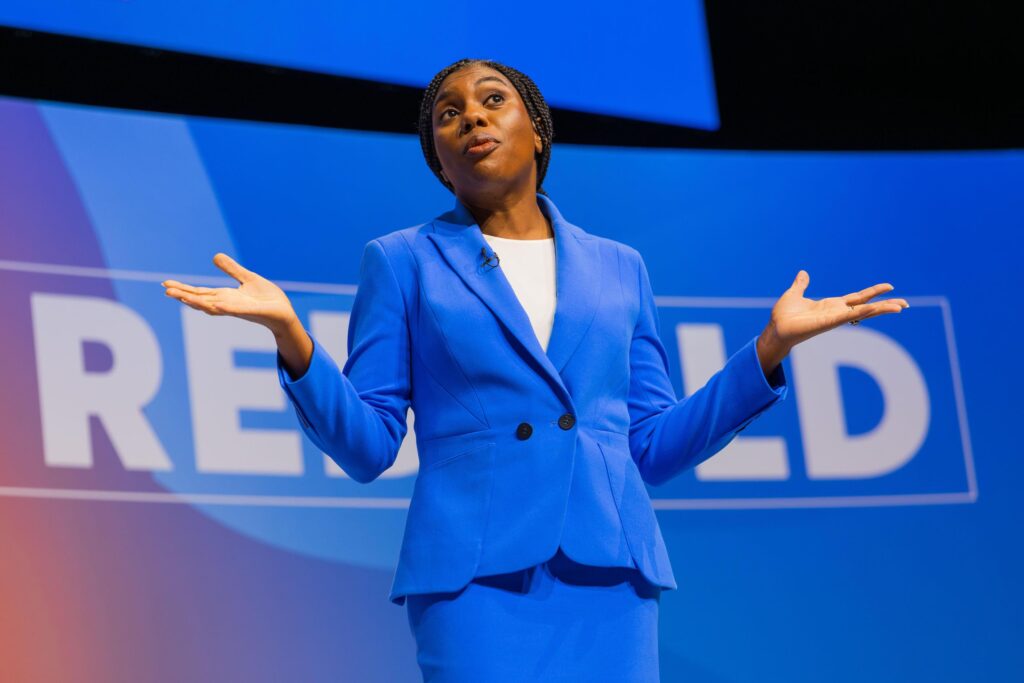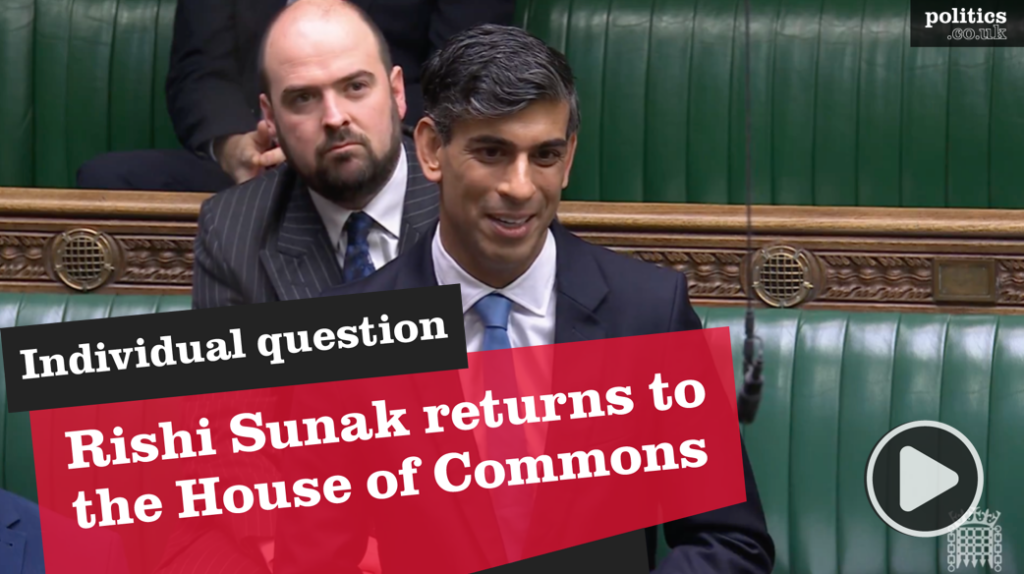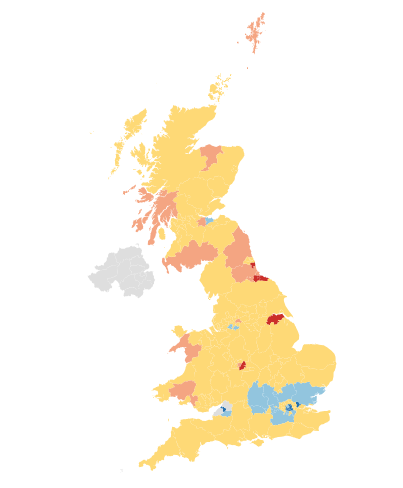What is ?
typically refers to the financial provided to the sector by the Government.
This money is primarily gathered through and general taxation, and allocated through a system by a few .
Government for the is directed at both the and the visual . is the umbrella term for all creative which is performed, or showcased, in front of an audience. relates to creative works that are primarily visual in nature, such as drawing, painting, sculpture, printmaking, design, crafts, photography and ceramics. .
Since the Second World War, UK industries have operated through a mixed model, whereby earned revenue is complemented by public funds and private investment.


Many and rely on the sustained addition of government funds for survival.
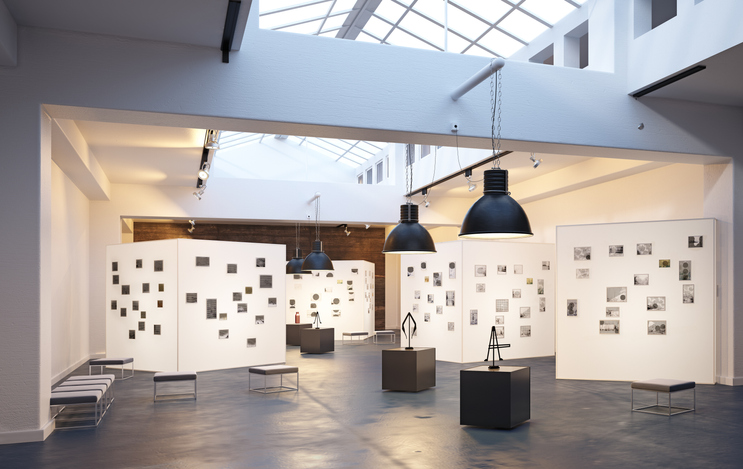
There is a fierce political debate about the extent to which the arts should be publicly funded.
The primary for the for many years was the of Great Britain. In the late 1990s, the was divided into separate national bodies to reflect the UK’s new devolved government structure. In Scotland, the administration of was taken over by .
Between 2018 and 2022, the of England pledged to invest £407 million per year into 828 organisations, museums and libraries.
Speaking to a House of Commons Committee in May 2022, the Secretary described the system for distributing and around England – a function carried out by Arst Council England as “not perfect”, but said there were no plans to axe the .
In addition to grants provided by the , the Department for , Media and Sport also provides direct to museums and galleries deemed of national importance. These include The National Gallery, The National Portrait Gallery and Tate Galleries.
The case made for publicly the
Those championing the use of public to the industry, claim that such is a collective and cultural good.
It is argued that organisations make a distinctive contribution to wider civic health. As such if the cost of putting on , whether a performance or running an exhibition, is likely to exceed the income generated from ticket sales or sponsorship, it is considered right that the industry should receive from public to allow the performance or exhibition to occur.
The Chair of of England, Sir Nicholas Serota, has said, “If they [an ] had a bit more money, they would do something rather wonderful with it.”
Those making the case for increased public for the also express the view that the current public annual level of £900 million is relatively modest, amounting to around £33 per household a year. Campaigners point to how public can help make the , and artistic experiences, accessible to all.
Moreover, it is claimed that having access to public is vital if performers are to effectively develop new, experimental or challenging work. It is said that provides the space for an to take risks and make the leaps that challenge us to think differently, which it is suggested, is one of the great benefits of an .
Finally it is claimed that public of the represents a form of investment – one that helps creative industries and generates the for wider economic growth. It is argued that when the cultural sector is supported, there are positive effects on peripheral industries such as accommodation providers, hospitality, and those that work to supply productions.
The case made for limiting public of the
Those arguing against the public of the typically make a number of counter points, around both the perceived morality and efficacy of government for the .
Firstly, it is claimed that the of the , just represents one group in society’s view on what is important. As such it is argued that another group, for example those who may prefer to spend their time watching football or snooker, are in effect simply forced to contribute to subsidise the artistic hobbies and pleasures of another group in society.
It is suggested that if the are so essential for our collective , there should be no problem financing them from voluntary sources.
Allied to this line of criticism is the notion that the public of the supports those in society who already possess high levels of affluence. According to a ComRes survey of 1,750 English adults, 44% of those from the highest socio-economic bracket felt that public of and cultures brought benefit to them or their family. However, this dropped to 25% in lower socio-economic income groups. Campaigners argue accordingly that there are more deserving destinations for scarce public funds.
Secondly, those critical of the public of the , argue that public is not quite as effective as it sometimes claimed. It is suggested that there is little difference in the ticket prices at venues which are publicly funded, compared to those venues which are not publicly funded. This is said to raise questions as to whether public is actually making the more accessible.
Thirdly, it is claimed that public of the serves to dilute the relationship between the provider and the consumer, and that this reduces the pressure to provide a quality offering. It is claimed that when there is large government , accountability breaks down, and the relationships between the providers of the , and those attending performances or visiting exhibitions, or those giving voluntary donations, are weakened.
Lastly there has been criticism of the way in which projects are funded. It is pointed out how assessing the quality of art is a subjective process. As such, is approved or rejected by a small committee of specialists whose views may not align with the wider community. Opponents of also suggest that this process is administratively complicated and costly.
and the Covid 19 crisis
During the 2020/21 Covid 19 pandemic, measures taken to reduce the spread of the virus placed severe restrictions on cultural events and providers. For over a year, in- gatherings were either prohibited or allowed in limited capacities. Large numbers of concerts, exhibitions, showcases and performances were subsequently unable to proceed.
In July 2020, the UK Government announced a package of £1.57 billion in emergency to help the sector weather the effects of the pandemic. The devolved administrations received additional funds of £97 million (Scotland), £59 million (Wales) and £33 million () for this purpose.
Allied to the , in his October 2021 budget, Chancellor Rishi Sunak further announced that tax relief for museums and galleries would be extended for two years to March 2024.
Statistics
In 2015, the measure of the gross output of the UK’s and industry registered an estimated £20 billion. [Source – Report, 2017]
According to the , the and industry was responsible for 137,250 jobs in 2016 [Source – CEBR/ report, April 2019]
The UK has four of the top 10 most visited museums in the world. According to 2018 visitor data published in the Art Newspaper, Tate Modern was the most visited institution (5th), followed by the British Museum (6th), the National Gallery (7th) and the Victoria & Albert Museum (10th).
According to figures from UK Theatre and the Society of London Theatre, theatres across the UK attracted more than 34m visitors in 2018, generating ticket revenues of £1.28bn from 62,945 performances.
Only 9% of English adults think Government spending on the should be increased, compared to 45% who think it should be decreased. [Source – ComRes, October 2015, survey of 1,750 English adults]










